Greetings Farmers!
In every rice farming season, there are always problems that arise with regard to the rice crops. The problems can always be solved if spotted early and the right remedies are done. It is a good thing there are now ways and tools to combat any problem that can arise that threatens the health of rice crops.
In my case, in one of my visual inspections of our rice crops, I noticed an undesirable change. The changes are only very very minimal and are very very much manageable. The change is caused by soil-borne fungi. In my observation, the condition of our rice farm before the fungi arises is: the weather is always cloudy for about three days to a week, the temperature is cold, rain is frequent, and little to no visible water is present in the soil (but the soil is very wet).
The fungi caused "Rice Blast" and "Brown Spots" on the leaves of our rice crops. Good thing I spotted the changes in its early stage. In combating the changes I have to apply an insecticide (Brodan) and fungicide (Antracol/Folicur) on our rice crops by means of a knapsack sprayer.
Below are photos of Rice Blast (left) and Brown Spot (right) on our rice farm.
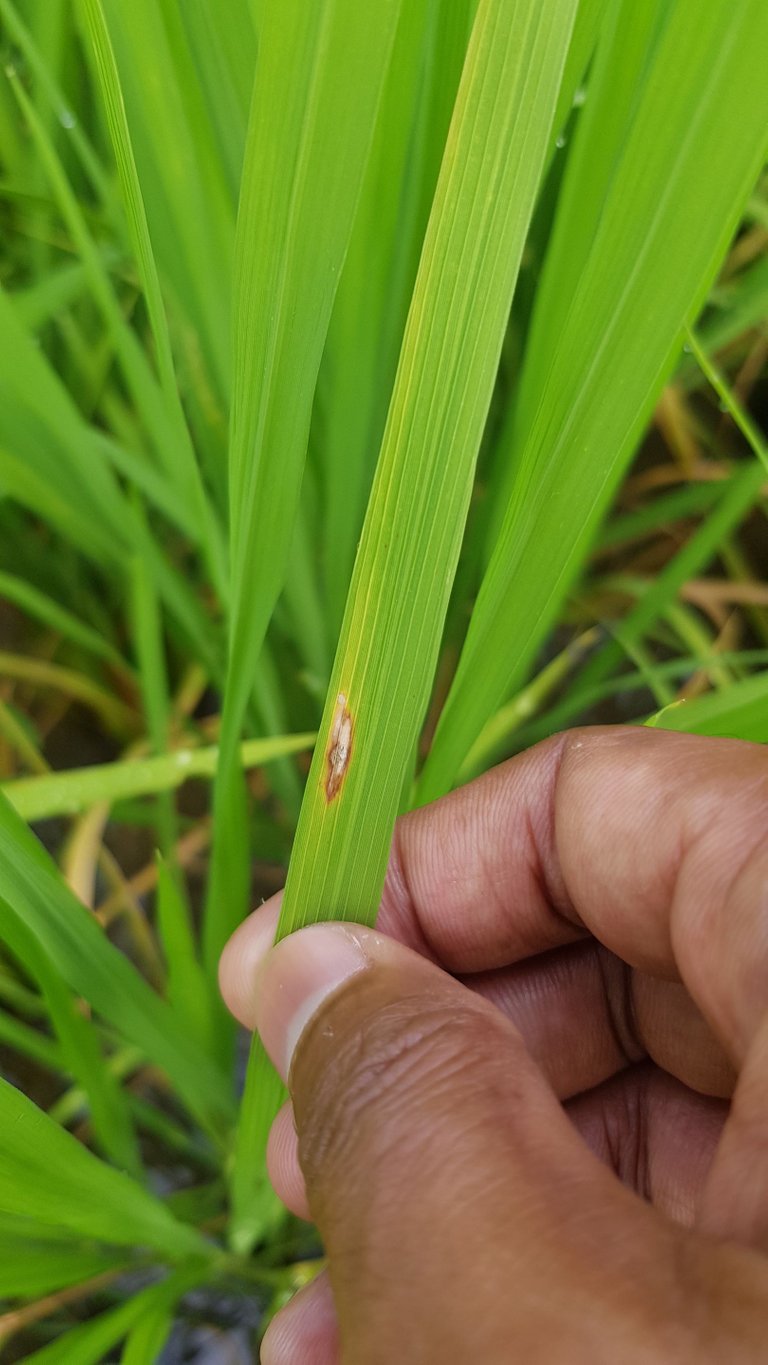
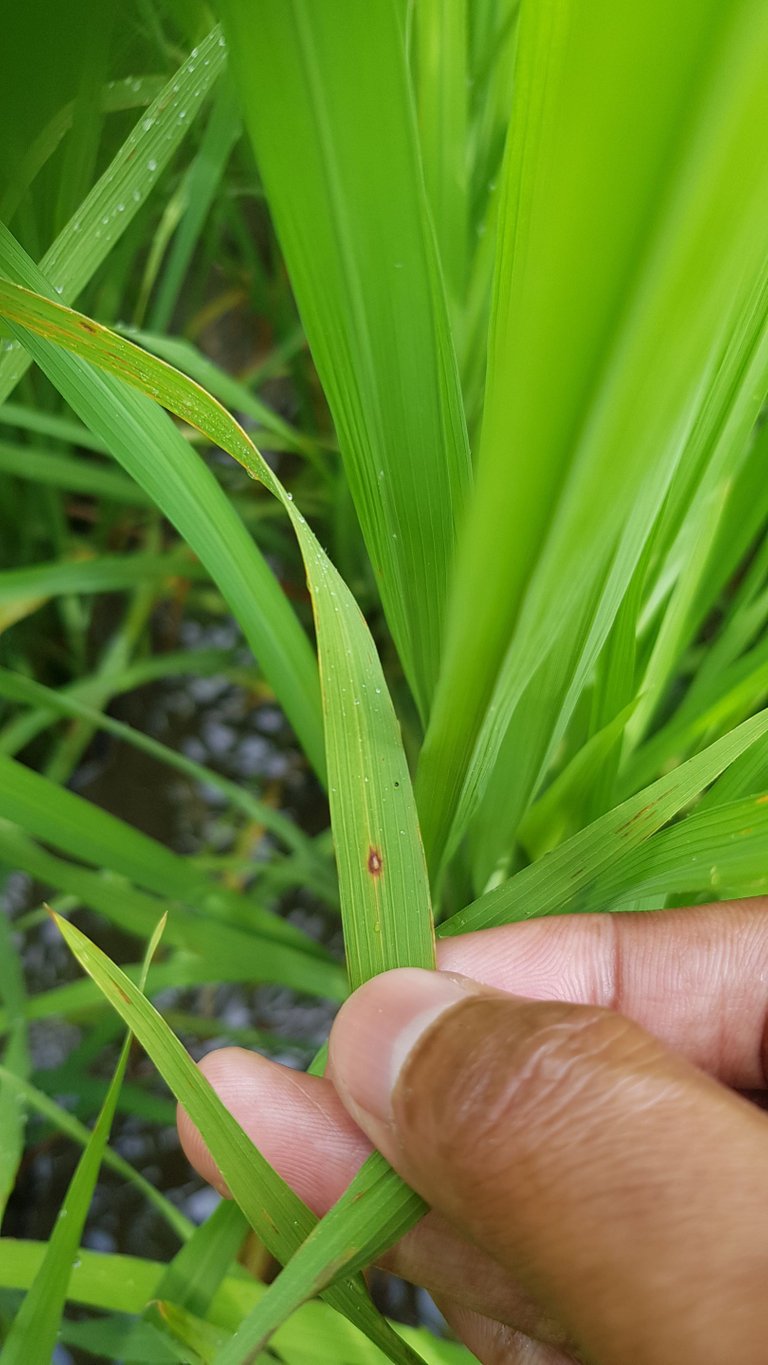
Aside from the changes caused by the fungi, another change that I spotted on our rice crops is bitten leaves. Bitten leaves are commonly caused by pests and insects which are also very much manageable using the correct tools. In my case, I used an insecticide (Brodan) in tackling this rice crop problem.
Below are photos of bitten leaves of our rice crops
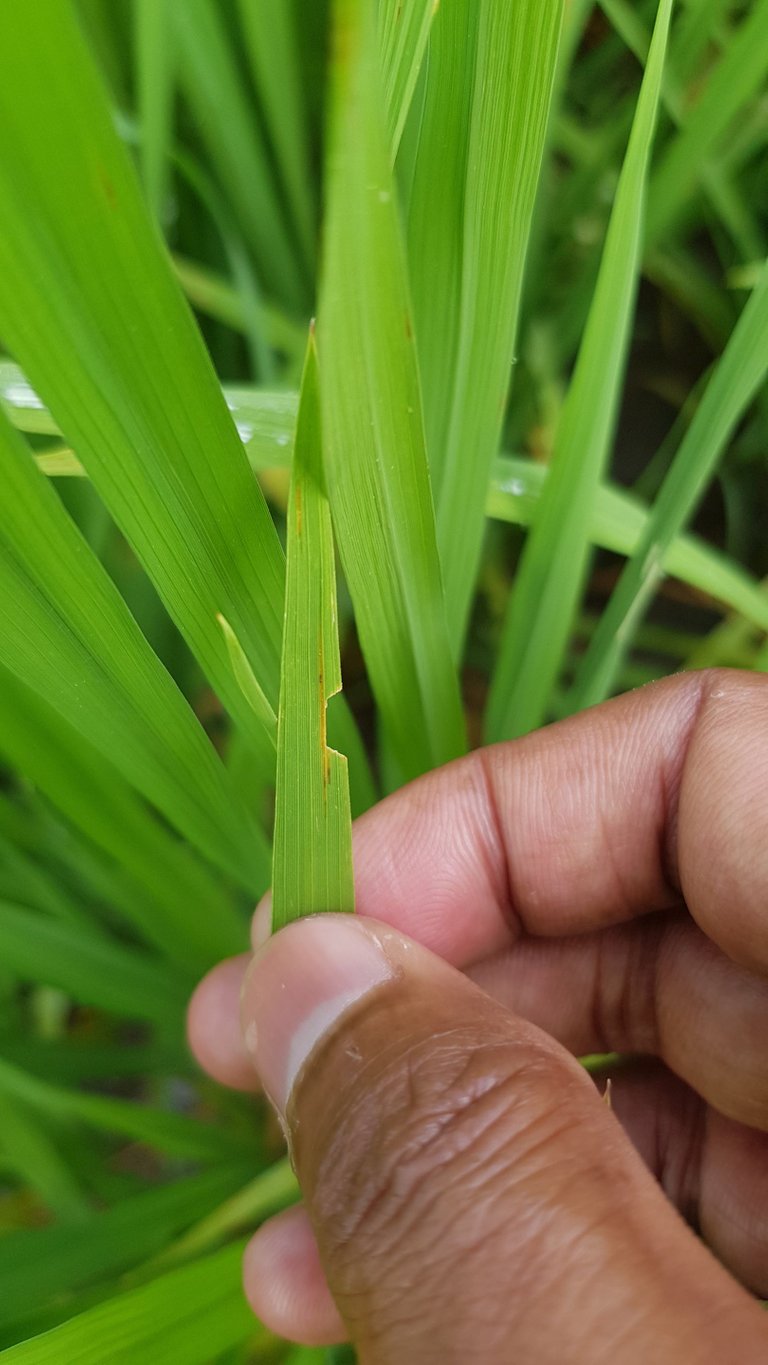
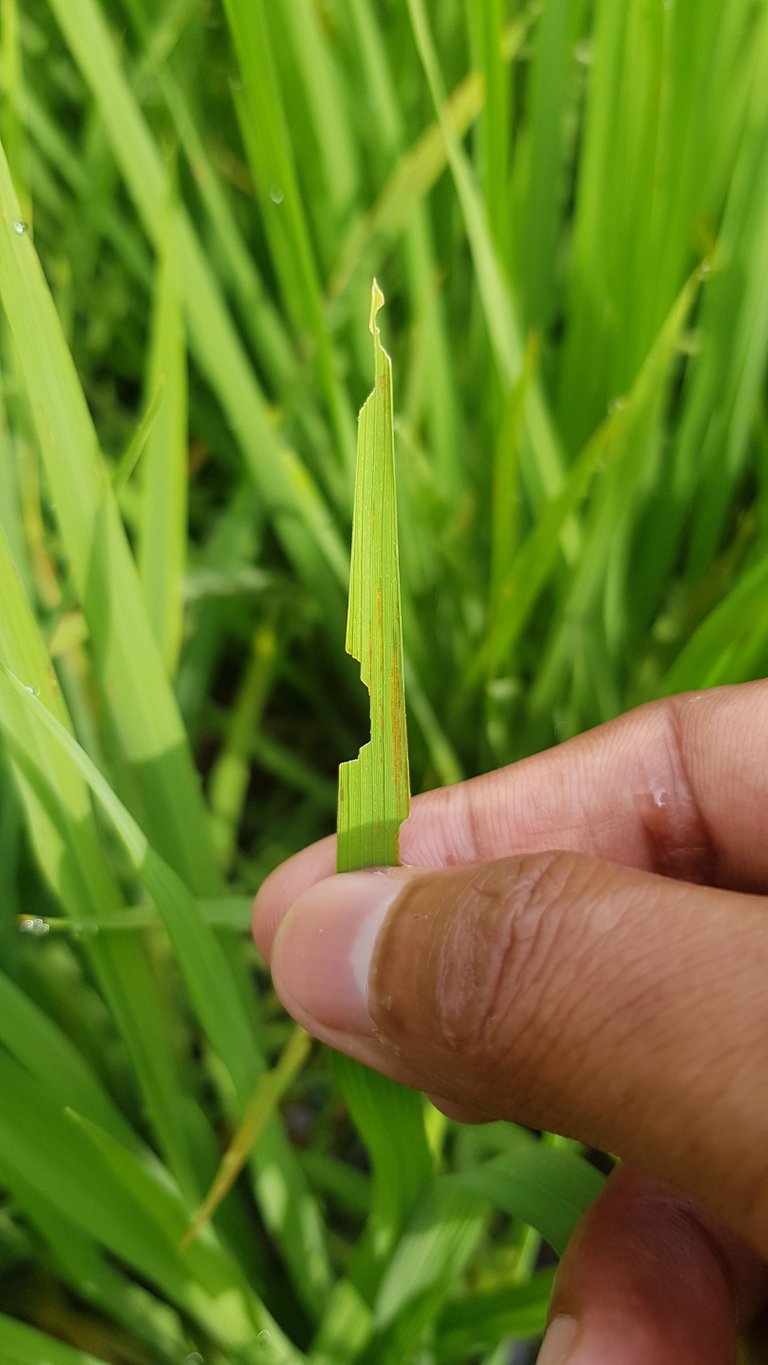
The changes that I shared here can also be found in your rice crops if you are also a rice farmer. If you see any undesirable changes in your rice crops make sure to take steps as soon as possible. It is better to take steps now than feel sorry later.
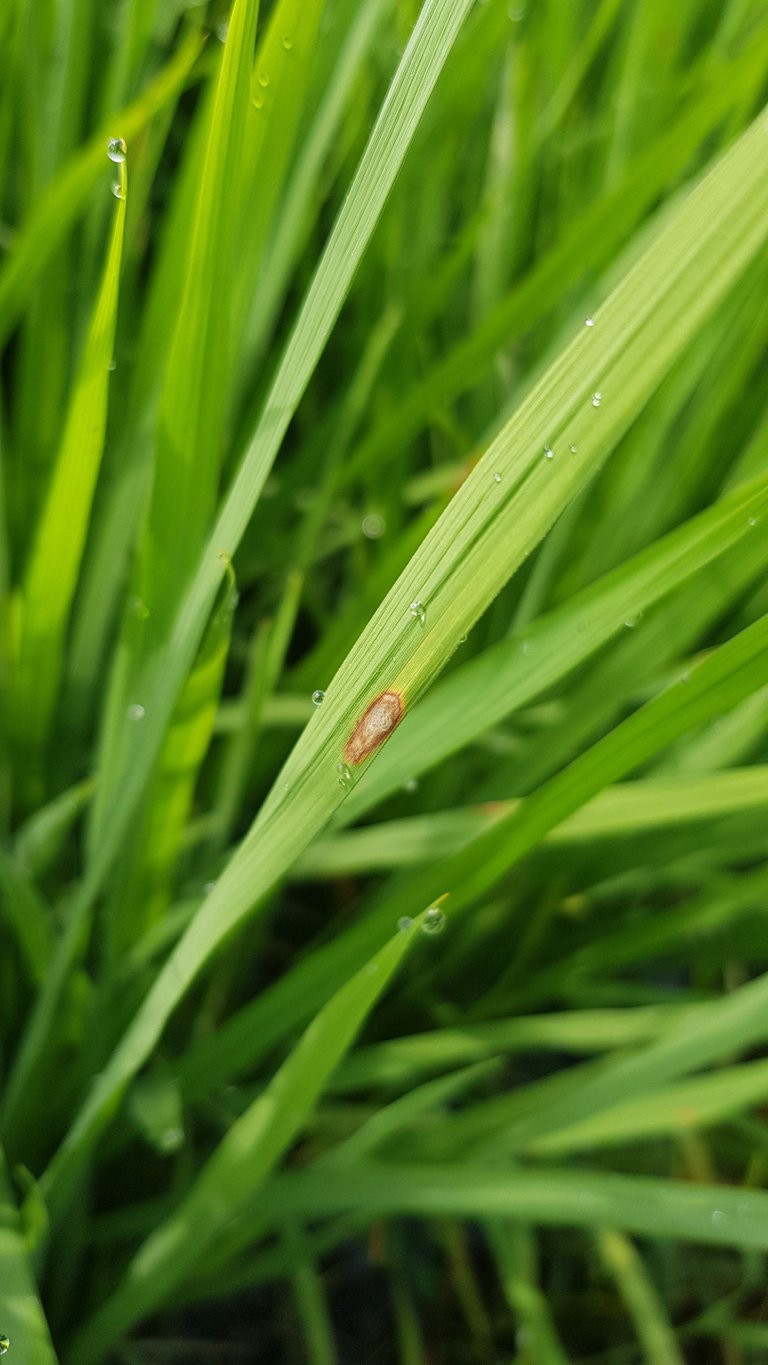
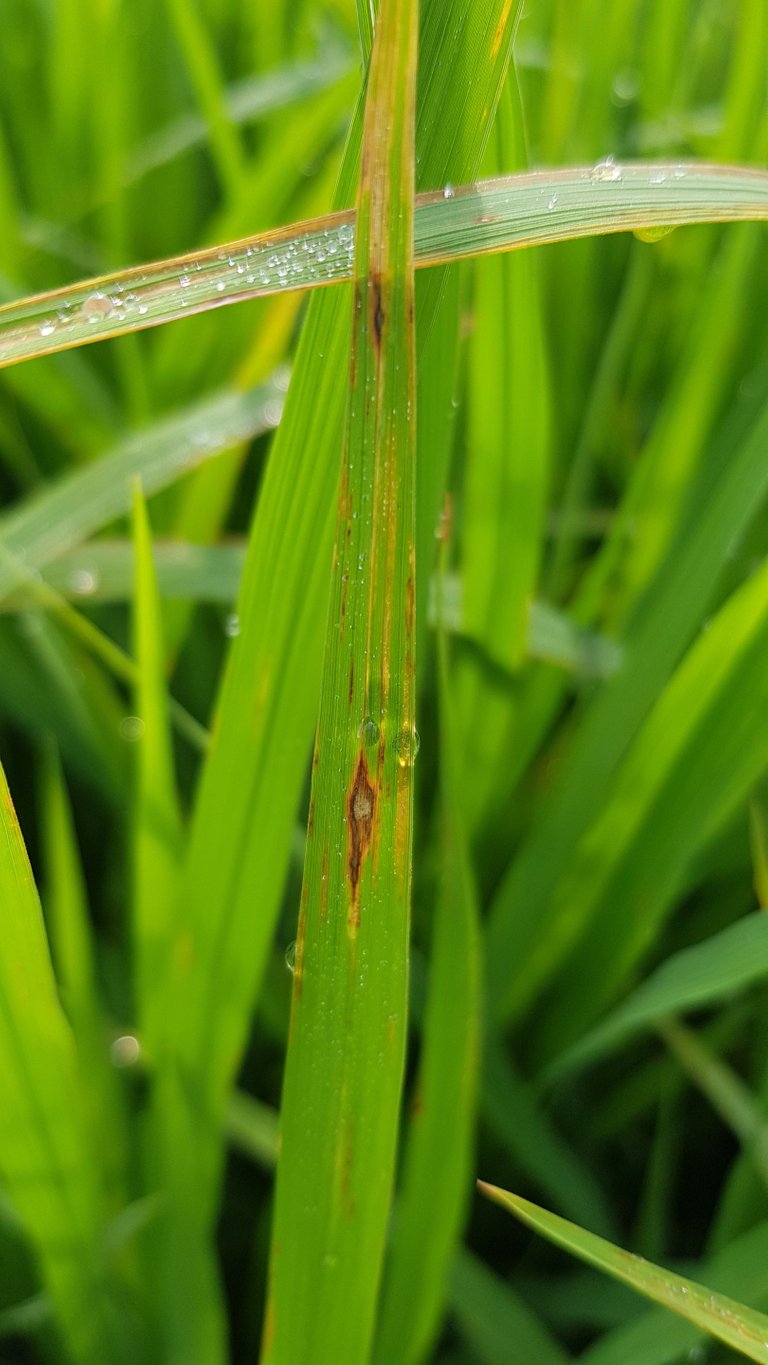
By the way, I just applied the insecticide and fungicide just this morning prior to writing this blog. I admit, spraying a large area of rice field is back-breaking because you have to carry with you a knapsack sprayer in your back full of sixteen liters of water.
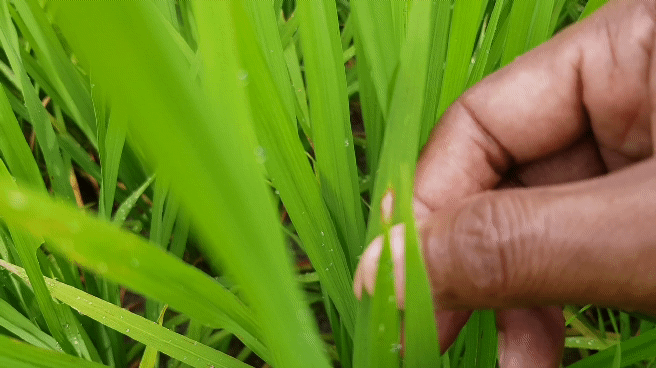
I made some gif images of the damages that I saw from our crops for your guys to see.
The damages that I have shown you guys are not very visible for non-farmer eyes, you have to stop and look closely at the leaves and or stems of the rice crops in order to see (if you are not a farmer).
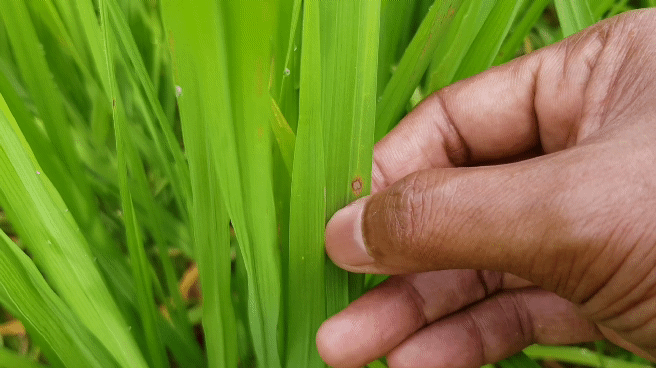
In my case, I have an easy time spotting it because I am always conducting a visual checkup of our rice crops every day, so, every minor change in the rice crops can be noticeable with just a glance to the rice crops.
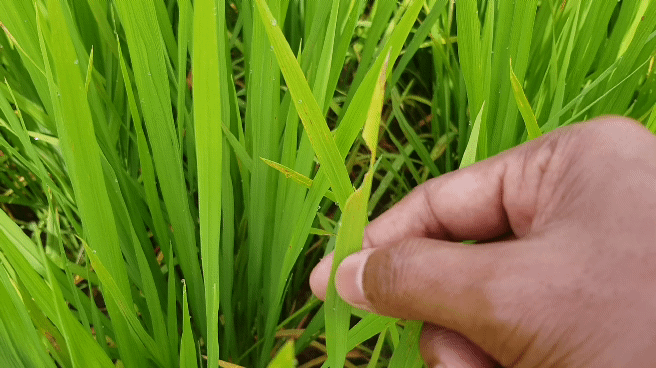
Below is another round of photos of the damage that I have seen in our rice crops.
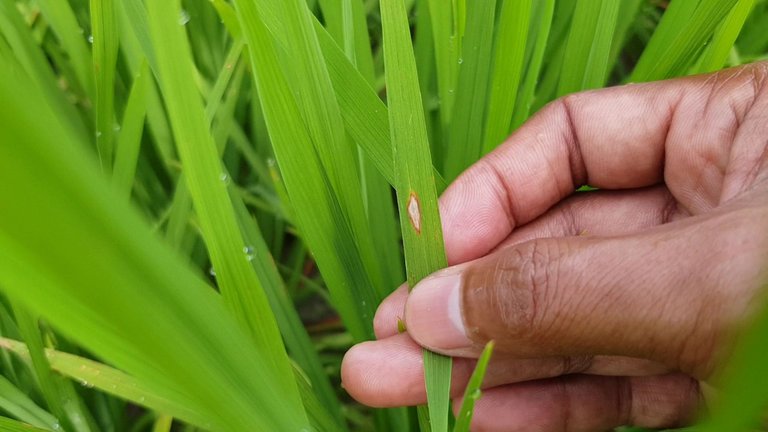
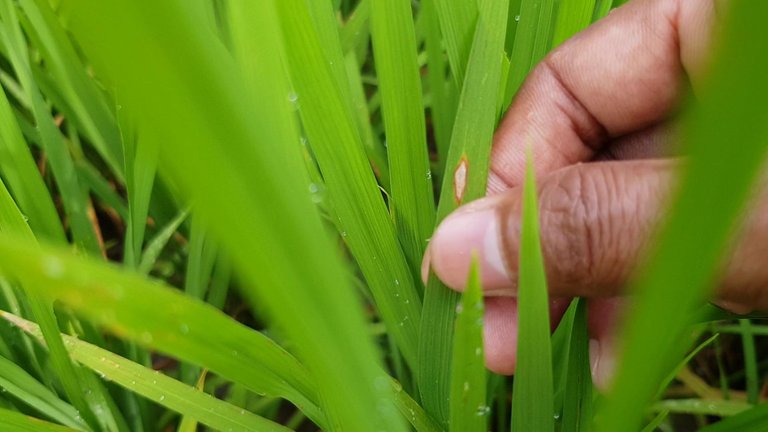
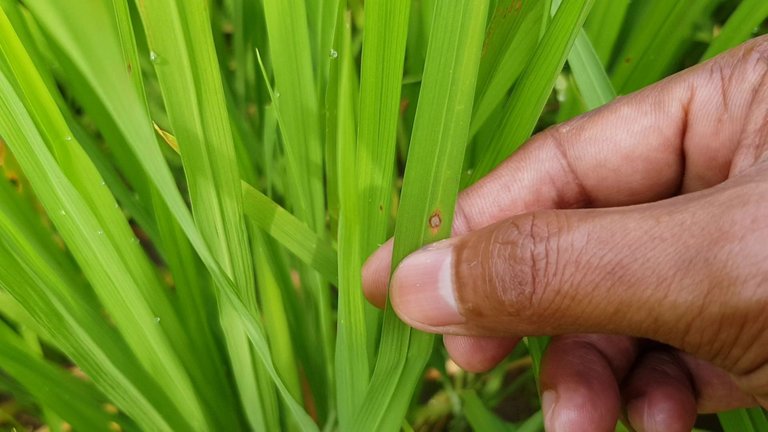
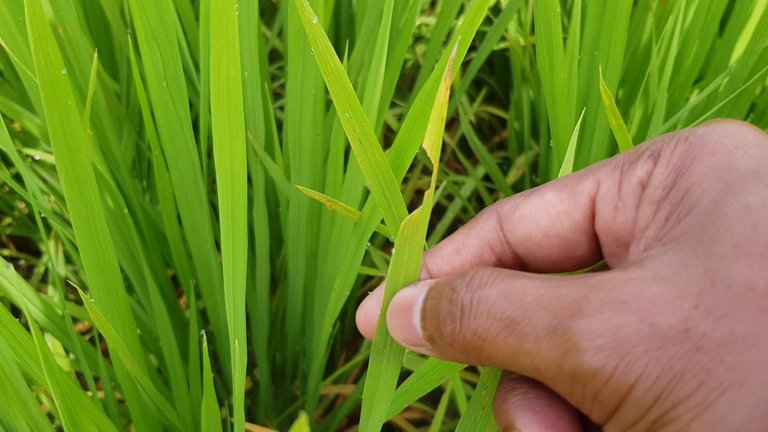


Ahh, those nasty pests! Leave rice crops alone, little dirty muggots!
Nasty indeed, if they are left unchecked they will raveged the rice crops.
We could agree that the stage of rice prior to blossoming is somehow prone to problem best you spot the problem. Sometimes spot of orryza is caused by nutrient deficiencies. 😍
I agree, when I was young I thought rice farming is easy peasy, but it is not, it is like a baby that should be nurtured and taken care of until it grows.
Parang hawa-hawa sya kuya? Or if ano ung may ganyan, un lang yung nasisira? Pero at the same time super sayang, bawat butil bilang talaga lalo na at mahirap kapag taggutom, ilang buwan before maani ung bigas kuya?
Yes, hawa-hawa sya as in kakalat kapag di na-spray-han ng fungicide. Kapag meron ganyan at paisa-isa lang hindi naman sya masisira, masisira sya kapag masyadong madami (lalo na pag napabayaan). Usually ang mga palay ay inaani sa loob ng 90 days or up to more than 100 days. Itong tanim kong palay ang maturity nito ay 112 days, meaning kapag 112 days na ang edad nya puwede na sya anihin.